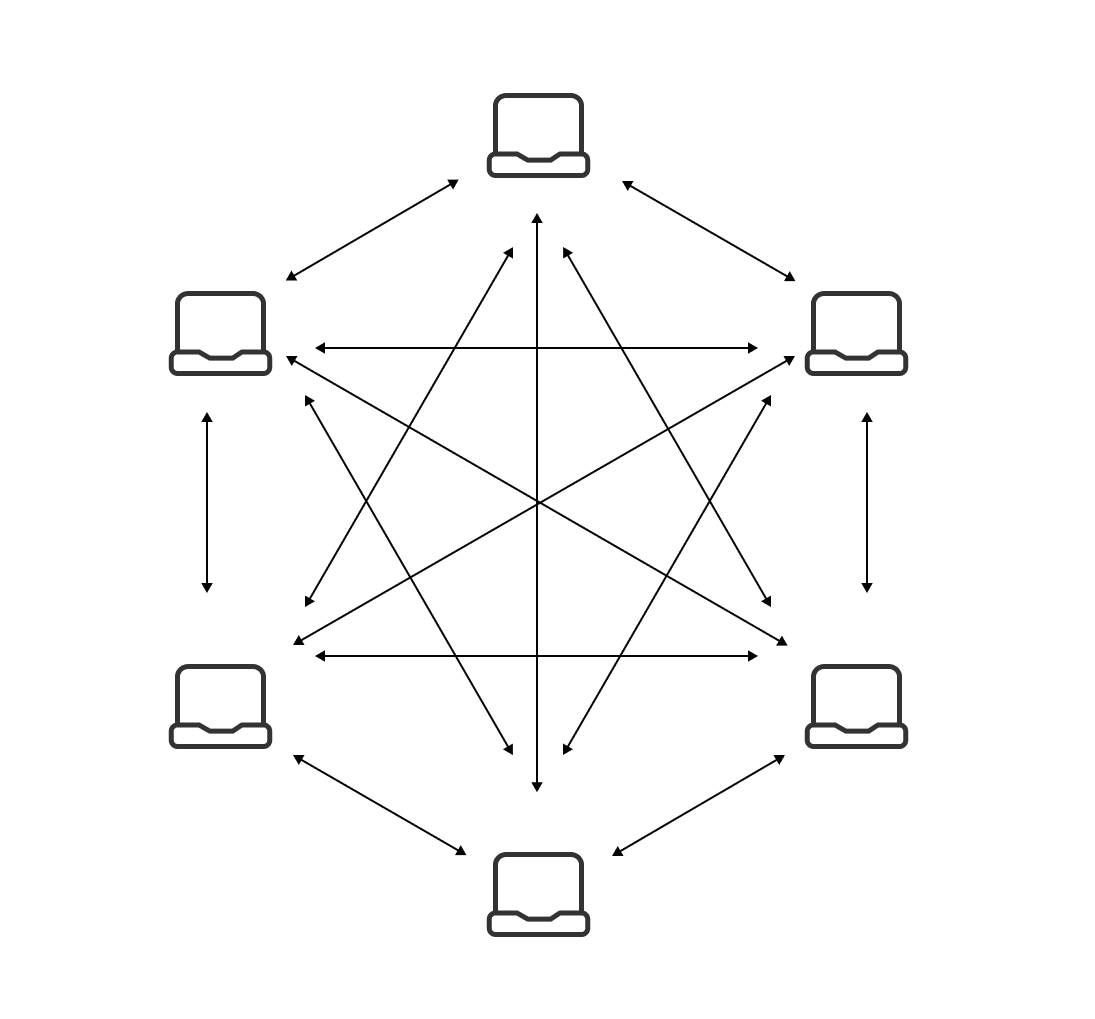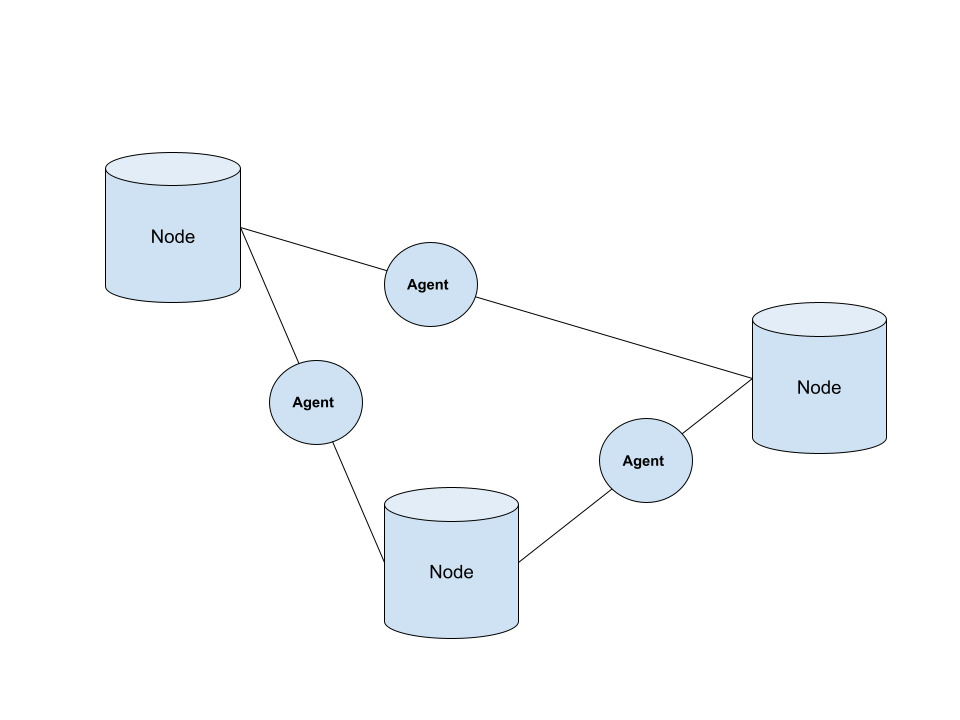Blockchain and AI
Introduction
A blockchain is a distributed ledger with growing lists of records (blocks) that are securely linked together via cryptographic hashes. Each block contains a cryptographic hash of the previous block, a timestamp, and transaction data (generally represented as a Merkle tree, where data nodes are represented by leaves). The timestamp proves that the transaction data existed when the block was created. Since each block contains information about the previous block, they effectively form a chain (compare linked list data structure), with each additional block linking to the ones before it. Consequently, blockchain transactions are irreversible in that, once they are recorded, the data in any given block cannot be altered retroactively without altering all subsequent blocks. [1]
Blockchain nodes are network stakeholders and their devices are authorized to keep track of the distributed ledger and serve as communication hubs for various network tasks.

A Blockchain node’s primary job is to confirm the legality of each subsequent batch of network transactions, known as blocks. In addition, allocating a unique identifier to each node in the network helps to distinguish a node from other nodes easily.
Blockchain is a perfect environment for the multi-agent system implementation.
A software agent can be represented as a smart contract or as software program being part of the network consensus.

The blockchain consensus is used for the agent to collaboratively reach a specific consensus (find the best investment strategy, execute a complex trade or provide hedging for the investement).
To abstractly model the process of achieving the goal, we define the event. The system continues its execution until all goals are reached. Note that this event is parametrised - the parameter g designates the id of the goal in process of getting achieved.
The anticipated status of the event indicates that we promise to prove the convergence of this event, thus showing reachability of any system goals. The actual proof of such convergence is postponed until some later refined model, which has enough implementation details to prove the overall convergence based on a formulated variant expression. [2]
